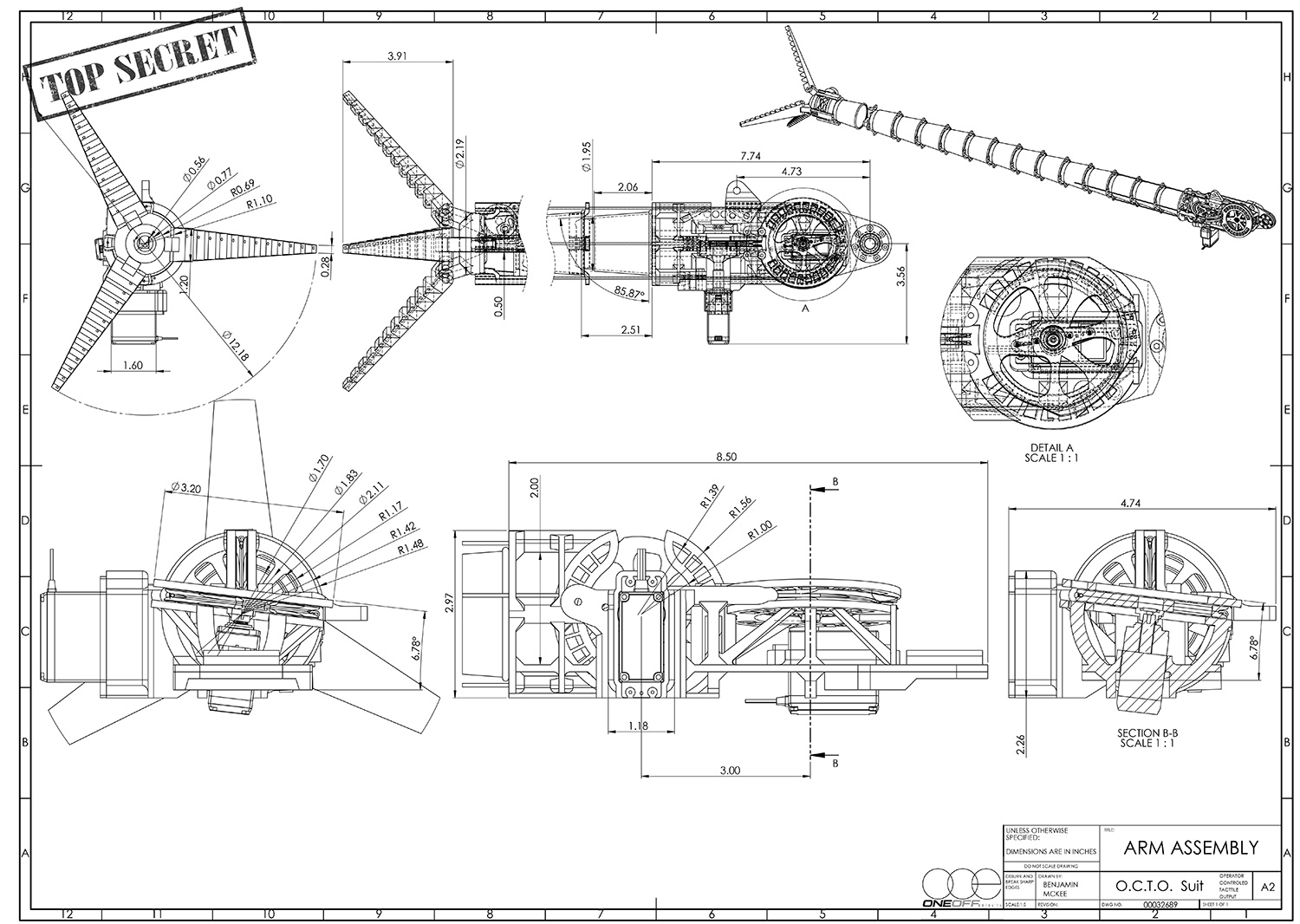The electrostatic attraction between positively charged nuclei and negatively charged electrons between two atoms.
A chemical bond
How many electrons are shared in a double bond?
4
An element with a positive charge.
Cation
The property of shininess
Luster
covalent
Which rule or law states that when atoms form compounds they will gain, lose, or share enough to achieve 8 electrons in the outer level?
Octet rule
Neutral group of atoms held together by covalent bonds
A molecule
Give an example of a molecular formula
varies
The ability to be bent or hammered into shape
malleability
Bond type: is ductile, shares large numbers of electrons
Metallic
What is a polar molecule?
A molecule with positive and negative sides
This is a covalently charged group of atoms with a charge on the whole thing
A polyatomic molecule
A shorthand representation of the composition of a substance using atomic symbols and numerical subscripts
Chemical Formula
T/F: In drawing a Lewis structure, the central atom is the one with the highest electronegativity
Bond type: brittle solids, high melting point, will conduct electricity in the molten state, electrons are transferred
Ionic
What are unshared electrons?
Electrons that are not used in a chemical bond
When atoms bond together, do they increase or decrease their potential energy?
Decrease
the simplest ratio of ions that represent an ionic compound.
formula unit
Draw a Lewis structure for CO2
see board
If Hydrogen has a electronegativity of 2.1 and Oxygen has an electronegativity of 3.5, what type of bond will they form: ionic, polar covalent, or non=polar covalent?
polar-covalent
What is a multiple covalent bond?
a bond that shares more than one pair of electrons between two atoms

Top secret
A special case where electrons vary in their bond locations (Example: 03)
Resonance
Draw a Lewis structure for NH3.
see board
If K has an EN of 0.9 and F has a EN of 4.0, what type of bond will they make: Ionic, Polar covalent, or non-polar covalent?
Ionic